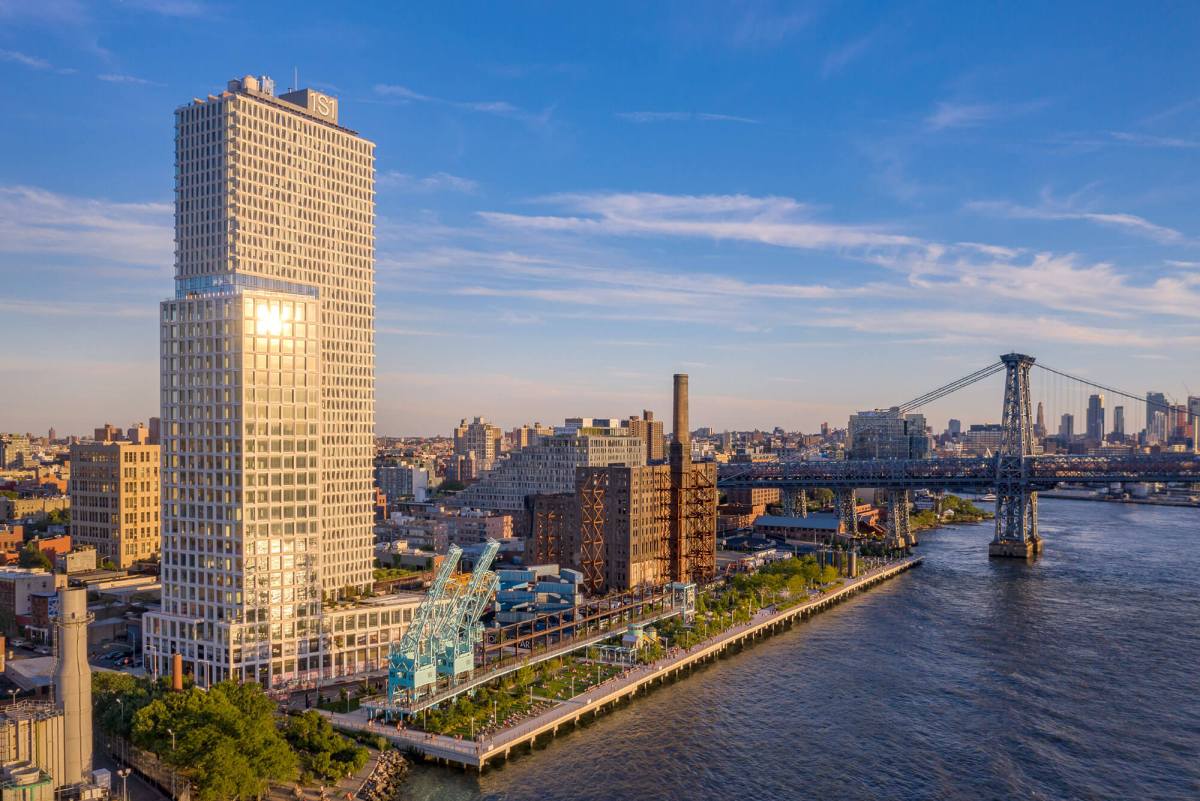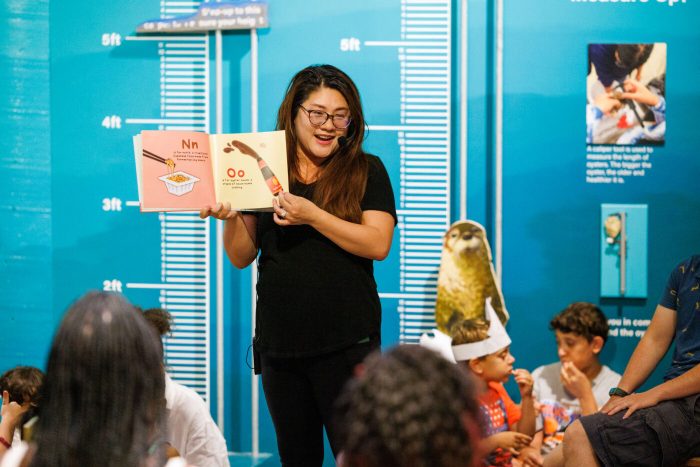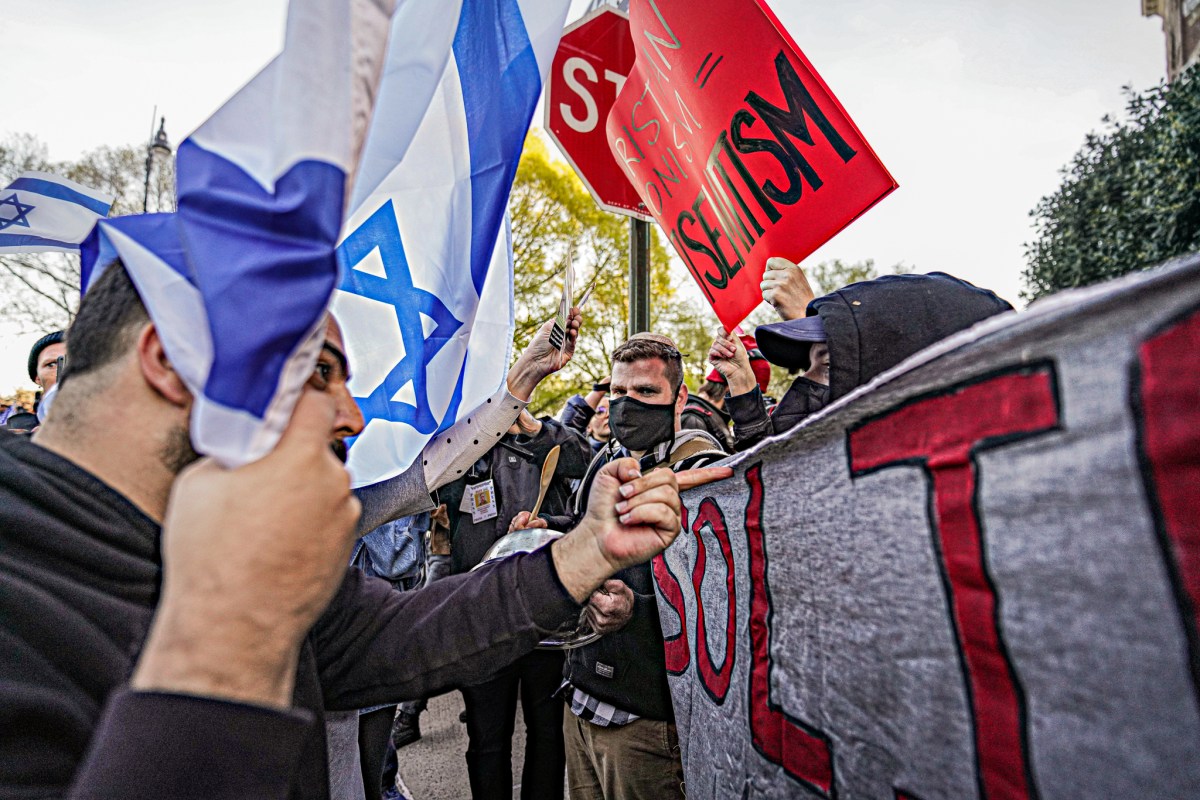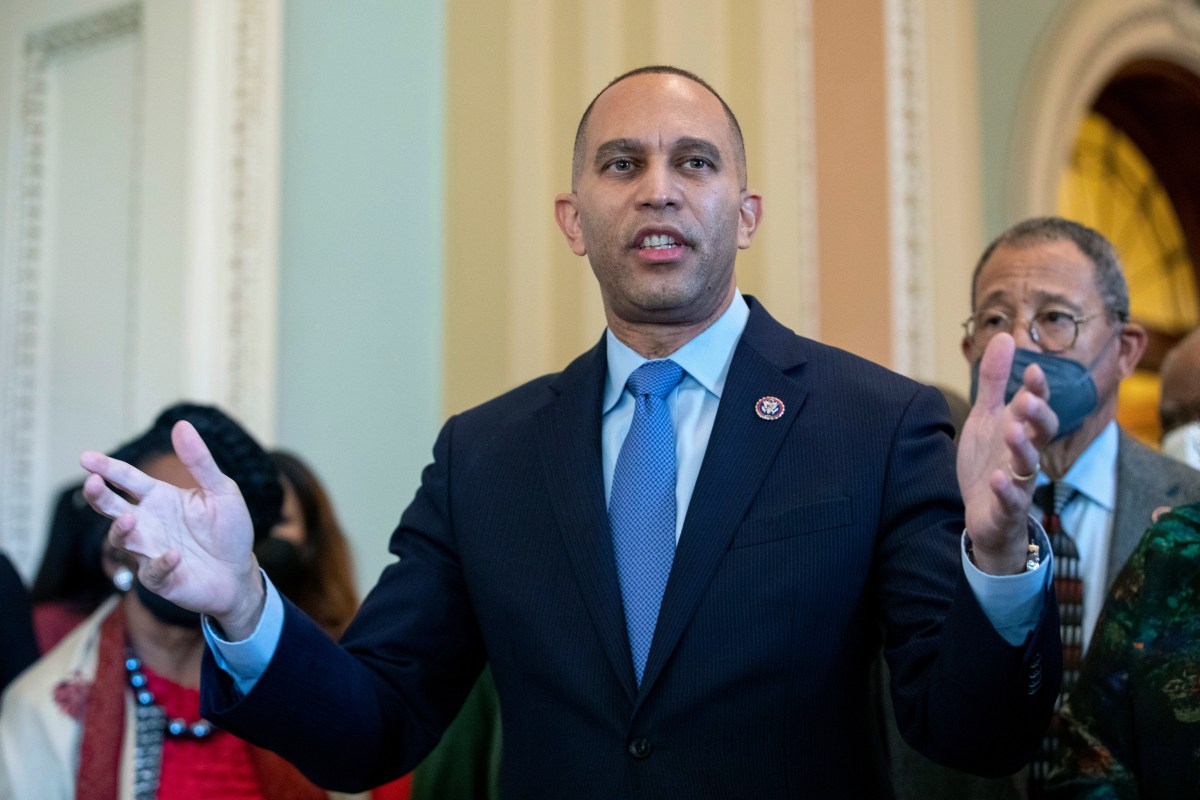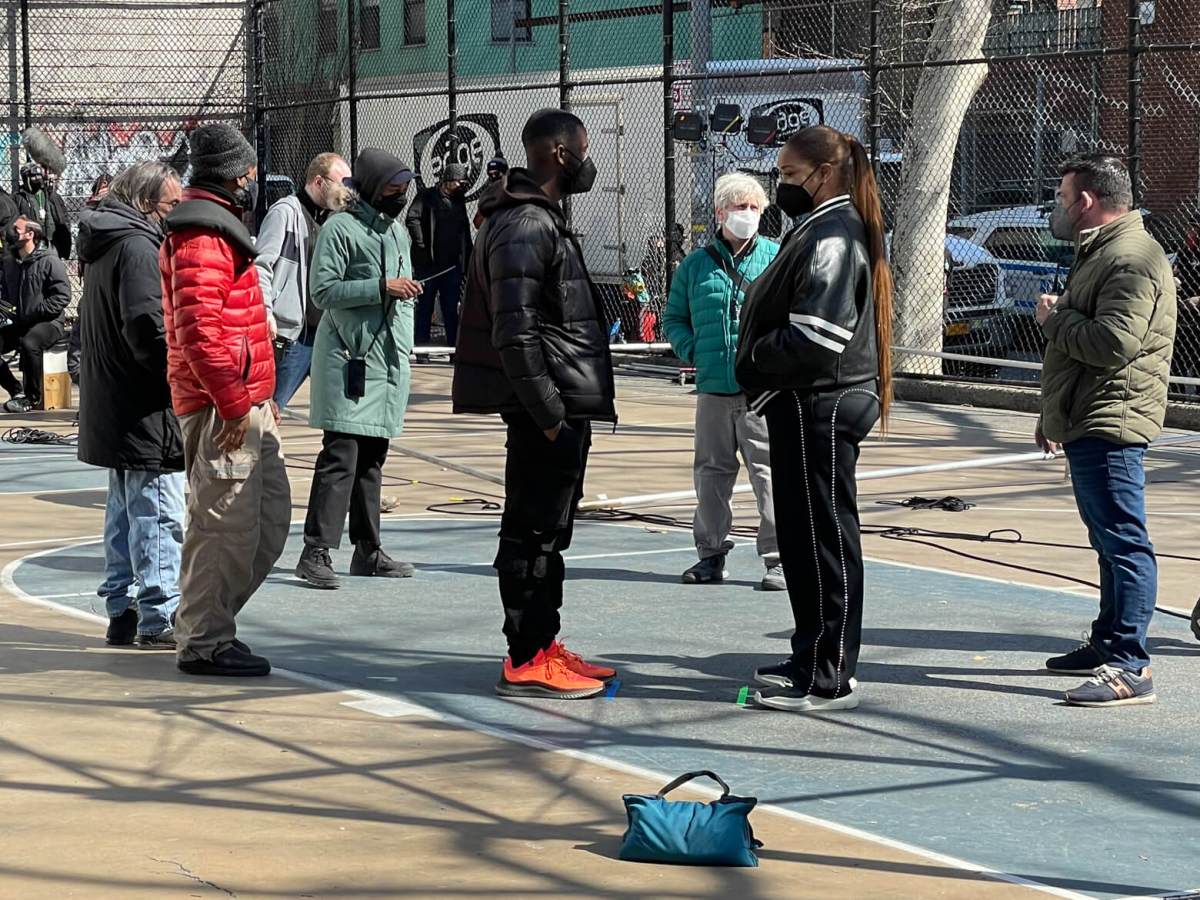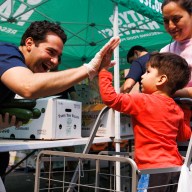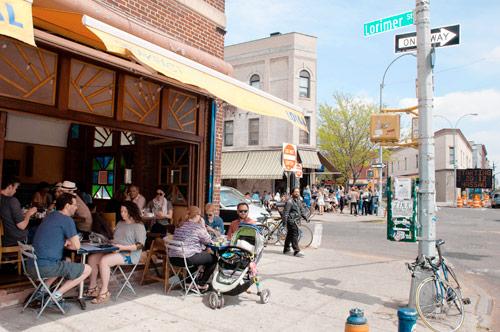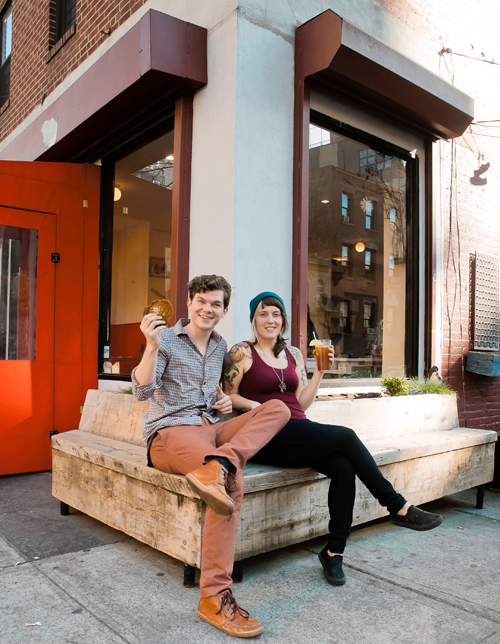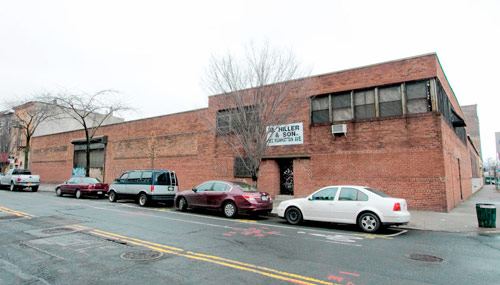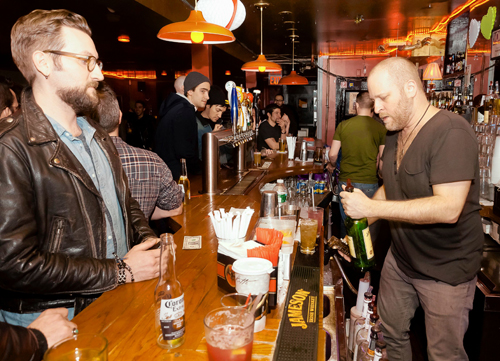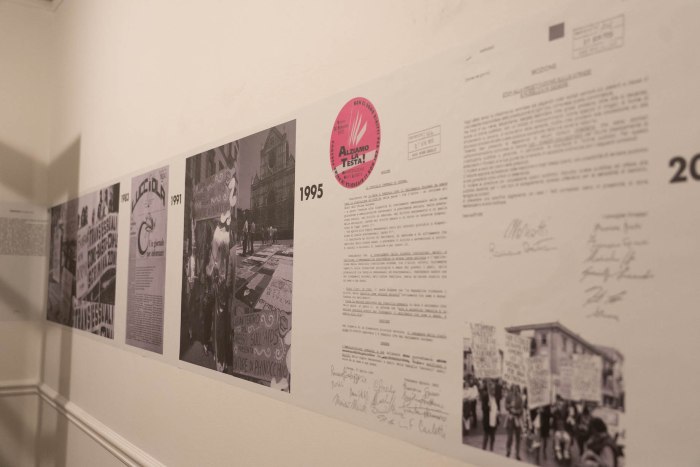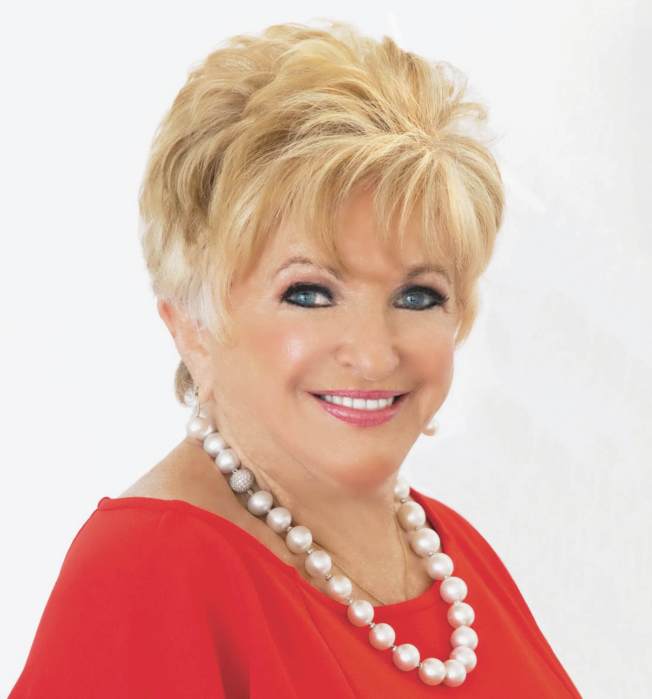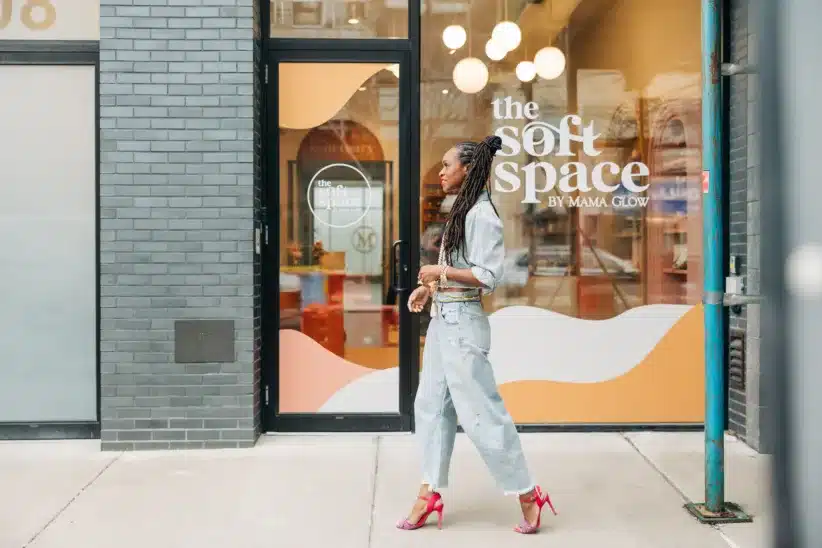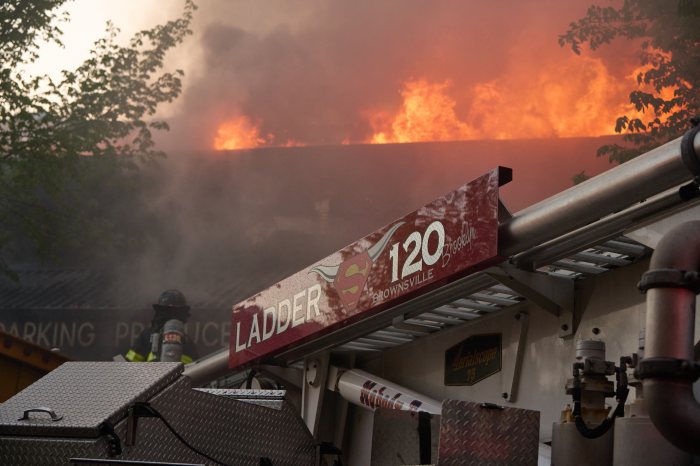The lottery has opened for 89 affordable units at One South First, the luxury high-rise on the Williamsburg waterfront, with monthly rents starting at $1,550 for a studio apartment and topping out at $3,169 for a two-bedroom.
The 266 Kent Apartments, described on the lottery website as “low and middle income,” make up just over 25 percent of the 332 apartments available at One South First, which opened its doors in 2019 as part of Two Trees Management’s redevelopment of the former Domino Sugar Refinery. Most of the units have been vacant since the building opened.
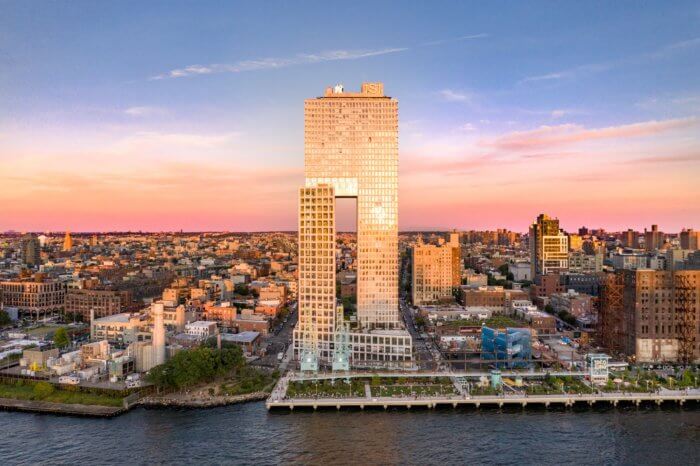
Winners of the lottery, which closes in March, will be able to begin moving this spring. Studios and one- and two-bedroom apartments are available from 80-130 percent of the Area Median Income, with 33 each renting for 80 and 125 percent and 23 renting at 130 percent. Applicants are assessed based on family size and income — a couple making between $55,646 and $76,400 would be eligible for the cheapest unit, a studio available at 80 percent AMI with a rent of $1,550 per month, where a family of three making between $108,625 and $139,620 per year would be able to rent the most expensive two-bedroom at 130 percent AMI, or $3,169 per month.
Recent rents at One South First’s non-affordable apartments range from $2,490 for a studio to north of $10,000 for a two-bedroom, two-bathroom apartment. According to the Two Trees website, there is only one market-rate apartment available for rent at the development as of Jan. 4: a studio for $3,731 per month.
Affordable units will be located throughout the building, mixed with market-rate units, and the market-rate and affordable apartments have the same fixtures and appliances, according to a Two Trees representative.
The lottery and eventual filling of the units satisfies one of the key demands of Community Board 1 in their recommendations to approve Two Trees’ recently-approved River Ring, a mixed-use waterfront development slated to break ground just west of One South First around 2024.
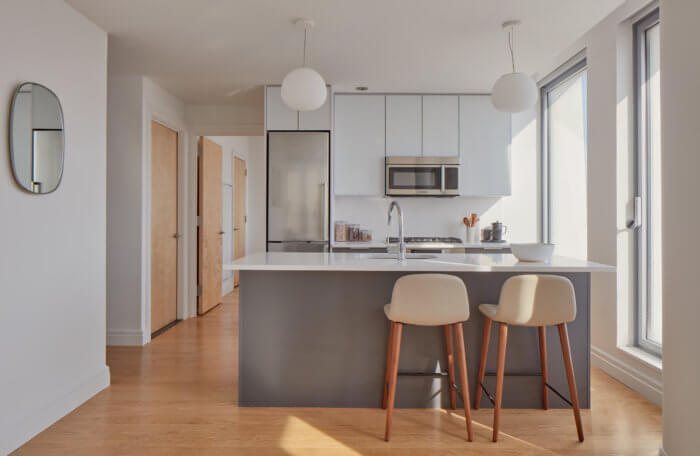
Affordable housing was a selling point for the waterfront towers — just over 25 percent of River Ring’s future 1,050 units will be permanently “affordable,” and available for between 40 and 60 percent AMI. But CB1 members were concerned about what they said was a failure by Two Trees to deliver 66 units available at 80 percent AMI at One South First – for nearly two years, the units had remained empty as Two Trees tried to convince the state government to amend the state tax law 421-a.
The company said that a 2019 update to the law meant they couldn’t raise market-rate rent on formerly rent-controlled apartments without also increasing the rent on the affordable ones. State sen. Brian Kavanagh, who represents the Brooklyn waterfront and leads the senate committee on housing, said in September that that was “simply not the case.”
“We believe that Two Trees could live up to its promises for affordability,” Kavanagh said at a Sept. 8 community board meeting. “And just personally, I believe it’s really a tragedy that those units remain unoccupied for years now.”
Two Trees spokesperson Dave Lombino said they hoped to amend the law to allow for 20 percent affordable units at 80 percent AMI at One South First, but those negotiations were unsuccessful. Two Trees ended up coming to an agreement with the city to offer the 89 units — up from the originally planned 66 — at up to 130 percent AMI under the Affordable Housing New York Program, part of 421a. The building will likely receive a tax exception as part of the agreement.
“I think it’s well demonstrated, well-documented that there’s demand for affordable housing at lots of different income levels,” said Two Trees spokesperson Dave Lombino. “In terms of meeting needs at the low end of the income spectrum, we’re hopeful that River Ring will help for that segment.”
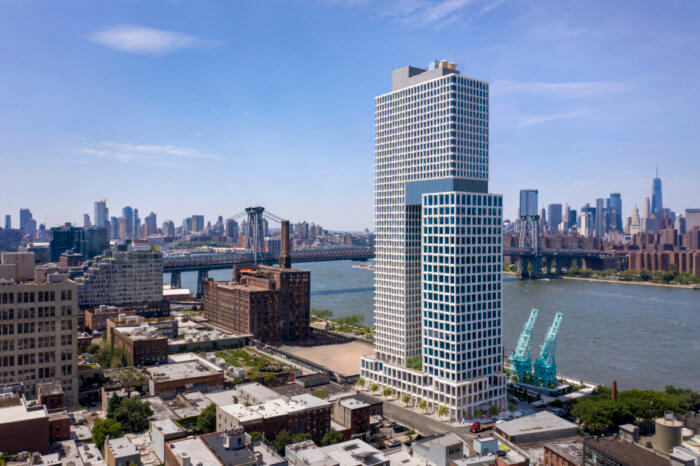
Preference will be given to the roughly 161,000 residents of CB1 for half of the apartments. About 40 percent of people living within the district, which includes Williamsburg and Greenpoint, are rent burdened, or paying more than 35 percent of their annual income on rent, and 15 percent live below the city’s poverty line, lower than both city and borough-wide averages.
Steve Chesler, who heads CB1’s environmental protection committee and sits on the board’s housing committee, said he was happy to see the units finally being rented out — but that he’d hoped rents would be more affordable.
“While a little taken aback by the AMI levels, they’re very high,” he said. “It’s really unaffordable for a lot of people in our neighborhood and beyond.”
Williamsburg and Greenpoint had an average household income of $99,960 in 2019, higher than the borough-wide average of $68,080, according to the Furman Center. The same year, 19 percent of rental apartments were affordable at 80 percent AMI, a significant drop from 2010, when roughly 36 percent of units were affordable at the same income level. In the same nine-year span, median monthly rent increased from $1,250 to $2,060.
“It’ll appeal, I guess, to the lower end of the high-income brackets, but it’s just going to exacerbate the displacement that’s already been going on for so long,” Chesler said. “If we want to truly try and see something resembling diversity in the neighborhood, then something resembling true affordability [is needed], below 80 percent, at least.”
More than 83,000 people applied to live in the 104 affordable units at another nearby Two Trees development, 325 Kent, in 2016. Just over 3,000 of the applicants were from CB1. As of September, those units housed 166 people in total, with an average annual income of about $28,000.
“We expect thousands and thousands of applicants,” Lombino said. “And we’re hopeful that we can fill them all quickly.”


